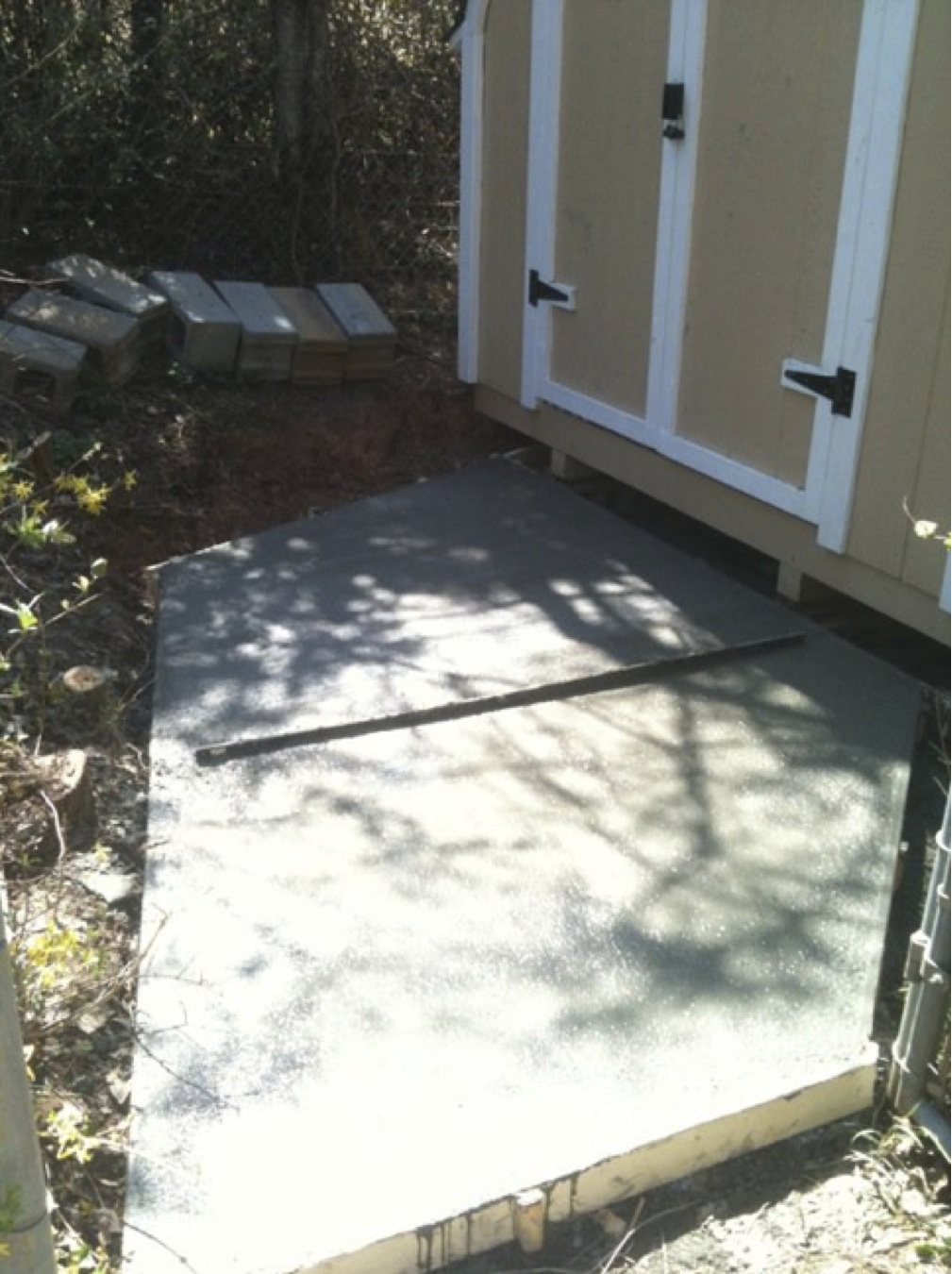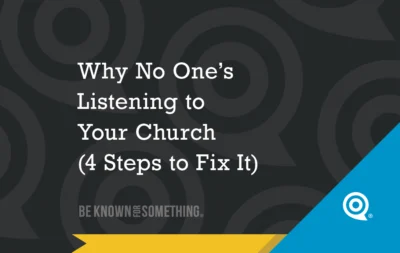
Why People Really Pick a Church (How to Reach Them)
Pastors, your community is full of people quietly trying to pick a church home. But not everyone is looking for

Yesterday my sons and I poured a concrete pad in front of the shed. We got the shed a couple months ago and we knew the reasons we needed the improvements:
But knowing the problems is only half the battle.
I don’t want to downplay the “problem identification” step tough. You see, in order to solve an issue you have to identify the problem. However, I’m amazed that people work around problem after problem and never seem to notice them. (Quite frankly, this drives me crazy!)
Here’s 3 easy steps to help you identify some things around you that need a solution:
Once my kids and I knew the problems and the possibilities of solving the issues, we decided that we’d pour the cement pad. Of course, we knew very little about how to do it. But that’s an entirely different blog…

Pastors, your community is full of people quietly trying to pick a church home. But not everyone is looking for

If you think branding is too corporate for the Church, you’re not alone. Many pastors resist this idea until they

You’re leading. You’re preaching. You’re promoting. But still… it feels like no one’s really listening. That’s not just frustrating; it’s
We'll never spam you. Unsubscribe anytime.
